Vienna is the grand capital of Austria, a country which was once part of the Austro-Hungarian empire. Two days are a minimum requirement to truly get a feel for this city. Although some attractions are within walking distance, I recommend that you use the tram and metro system to get to the Schonbrunn palace, the Hundertwasser house and Prater theme park. The language used here is German and the currency you will need is the Euro.
Museums
Belvedere Palace – this baroque palace was repurposed as an art gallery by the royal Maria Theresa who turned the Upper Belvedere into a museum to house the imperial collections in 1776. The palace was originally commissioned as a summer residence by Prince Eugene of Savory; the lower part was built between 1712 and 1717 and the upper part was constructed between 1717 and 1723. The palace had another brief period of being a residence when the imperial collections were transferred to the Kunsthistoriches museum in 1891. However, at the start of the twentieth century, it was repurposed once again as an art gallery, and obtained its most famous artwork, Klimt’s ‘The Kiss’, in 1908. There have been many different names for the galleries and different collections displayed inside them, as well as numerous renovations, especially after the world wars. There is even now an Austrian contemporary art collection in the Belvedere 21 site, which was built in 2011. The Upper Belvedere’s permanent collection has art from the medieval ages, through the Baroque period, right up to modernism. The Lower Belvedere is more of a temporary exhibition space for art from all ages.
Kunsthistorisches and Naturhistorisches museum – these are the national art and natural history museums of Austria constructed to look identical to each other in the late 1800s and situated opposite each other with the Maria-Theresien Platz in between. Even if you don’t go in, which I didn’t, it is still interesting to observe the grand architecture of the buildings from the outside.
Museum Quarter – Vienna’s museum quarter is home to a number of different museums including many modern art ones. The attraction I decided to visit was the superb Architecture Centre of Vienna.
Parks
Stadtpark – Stadtpark is a beautiful and peaceful recreational area away from the buzz of the city where you can find a statue to the musician, Johann-Strauss.
Mansions
Schonbrunn Palace – this was the Habsburg’s summer residence built in the rococo style. You can visit the Imperial apartments inside. The tour has a comprehensive audio guide. The palace was first commissioned by Emperor Leopold I for his son Crown Prince Joseph in 1686. In 1728, Emperor Charles VI gifted the estate to his daughter Maria Theresa, who turned it into a centre for court and political engagements. In the 1770s, there were significant developments and improvements, but by the early 19th century, it was in need of repairs again. It was not until Emperor Franz Joseph obtained it that it became an important centre again. The palace has been a museum since the state obtained it when Karl I abdicated in 1918. The palace also has very beautiful gardens which stretch up the hill and are free for the public.
Hofburg Palace – this was the Habsburg’s winter residence. You can visit the Imperial apartments inside, in addition to the Sisi museum and the Imperial silver collection. However, due to the similarity of this experience with a visit to the Schonbrunn Palace, I recommend you choose between them, and the summer palace is notably more beautiful so you may wish to opt for that one instead. The Hofburg palace also has its own small garden called the Burggarten. In front of the palace is the Heldenplatz, behind of which is the Volksgarten. These are all pretty nature spaces you can walk around for free.
Religious Buildings
St Stephen’s cathedral – this roman catholic site of worship was first built in the 12th century in the Romanesque and gothic styles.
St Charles’ church – this roman catholic building was first built in the 18th century in the baroque style. You have to pay to enter but you also get access to a panoramic lift up to the dome which provides views out over the city.
Notable manmade sights
Parliament building – built in the second half of the 19th century, this building is designed in Hellenic style in order to reflect the Greek concepts of law and freedom. It was created by the architect Theophil Von Hansen.
Opera house – built in 1869, this building has impressive renaissance style arches.
Notable squares
Albertinaplatz – this lovely square is home to the Albertina gallery. You can go up to the raised entrance of the museum on an escalator for free. From there, you will get a view over Hotel Sacher, where the famous cake, sacher torte, originated, as well as the Hofburg palace.
Shopping
Naschmarkt – Vienna has a wonderful food market which sells street food and also has a number of restaurants. The food on offer here comes from a variety of cuisines.
Other
Prater theme park – this amusement park opened in 1895. A giant Ferris Wheel was put inside it in 1897 to celebrate Franz Joseph’s Golden Jubilee. The park is free to enter but you have to pay for each ride individually. I particularly enjoyed the Vertical Swing.
Hundertwasserhaus and Village – this is a famous apartment block designed by Hundertwasser, who is regarded as one of the first European green pioneers because he had strong beliefs about the environment and sustainability. The block was constructed in 1983 to 85. In the village opposite, you will find several souvenir shops and a small gallery.
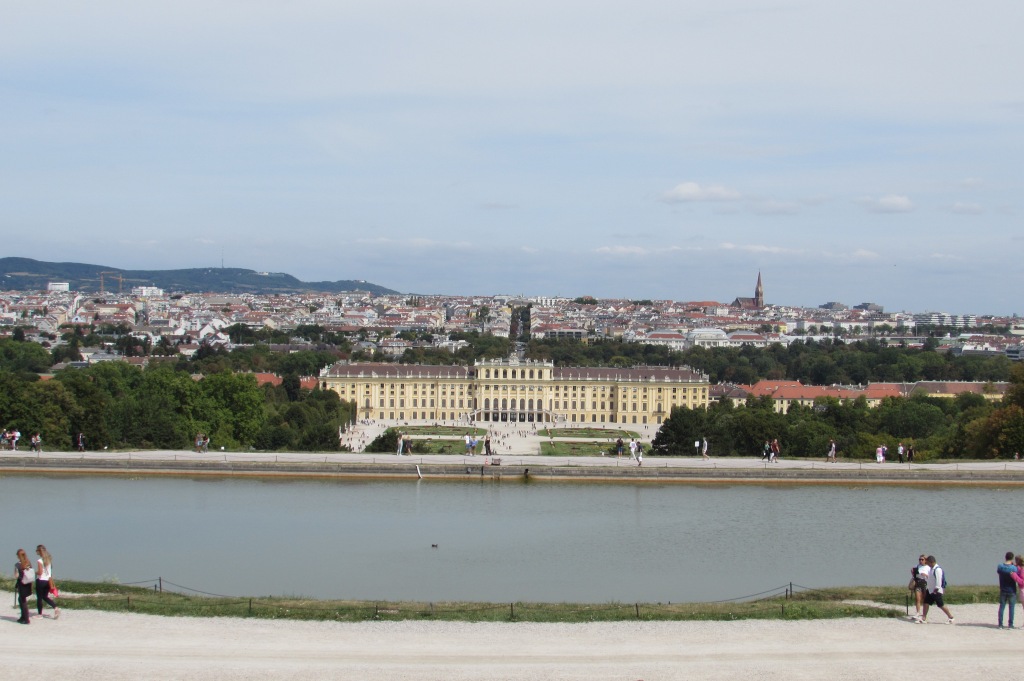
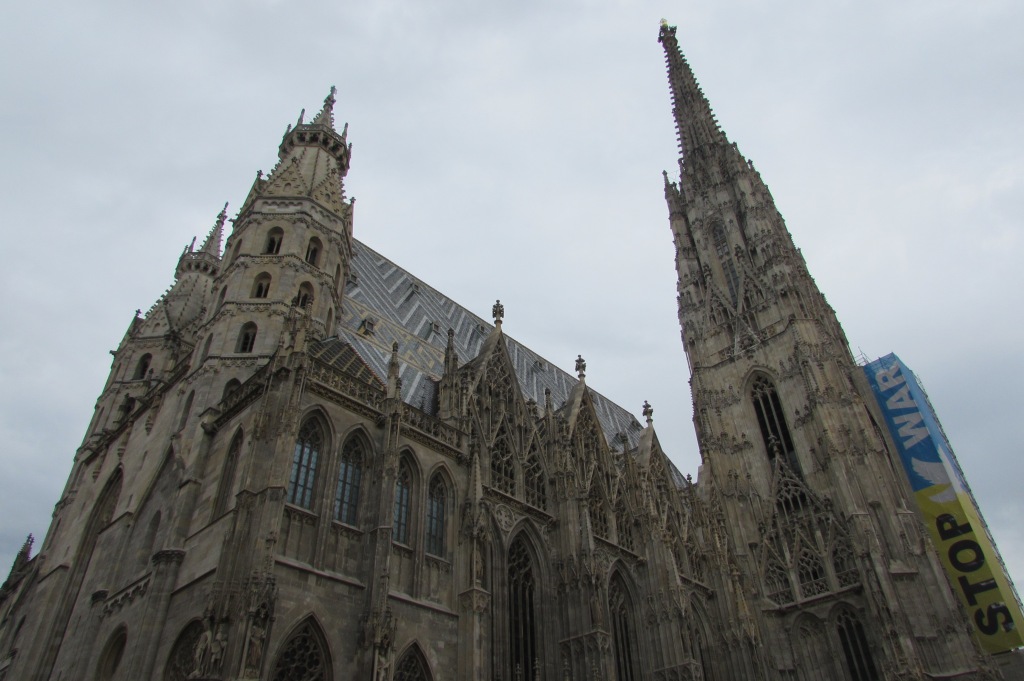
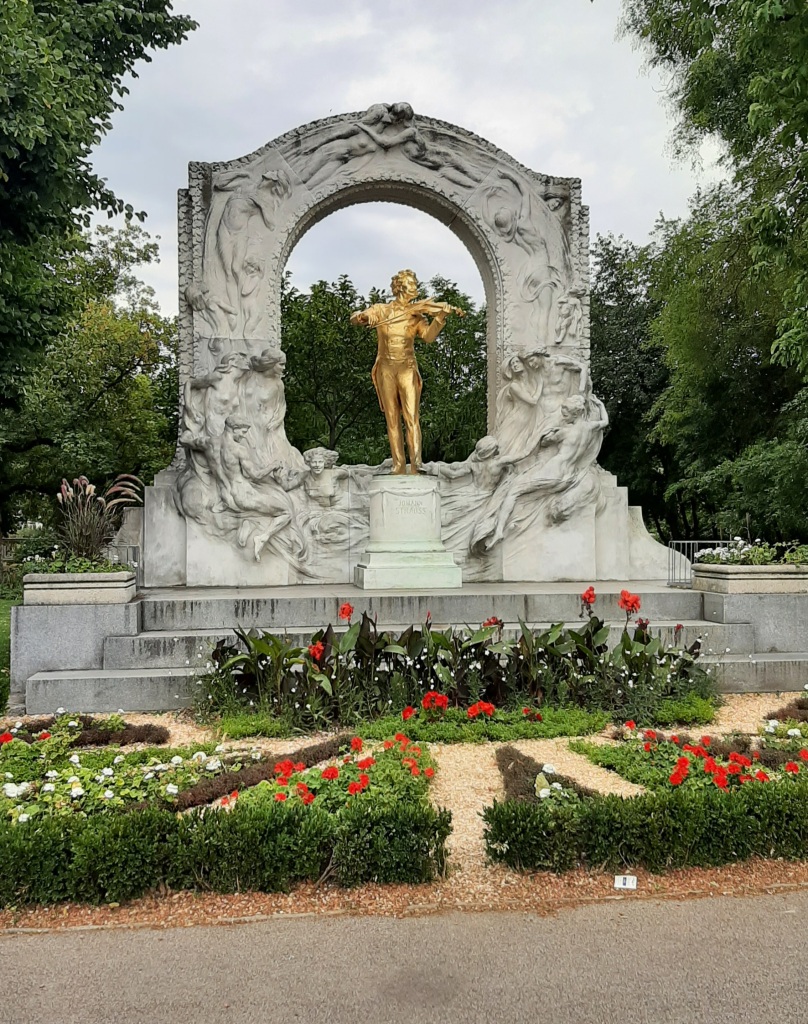
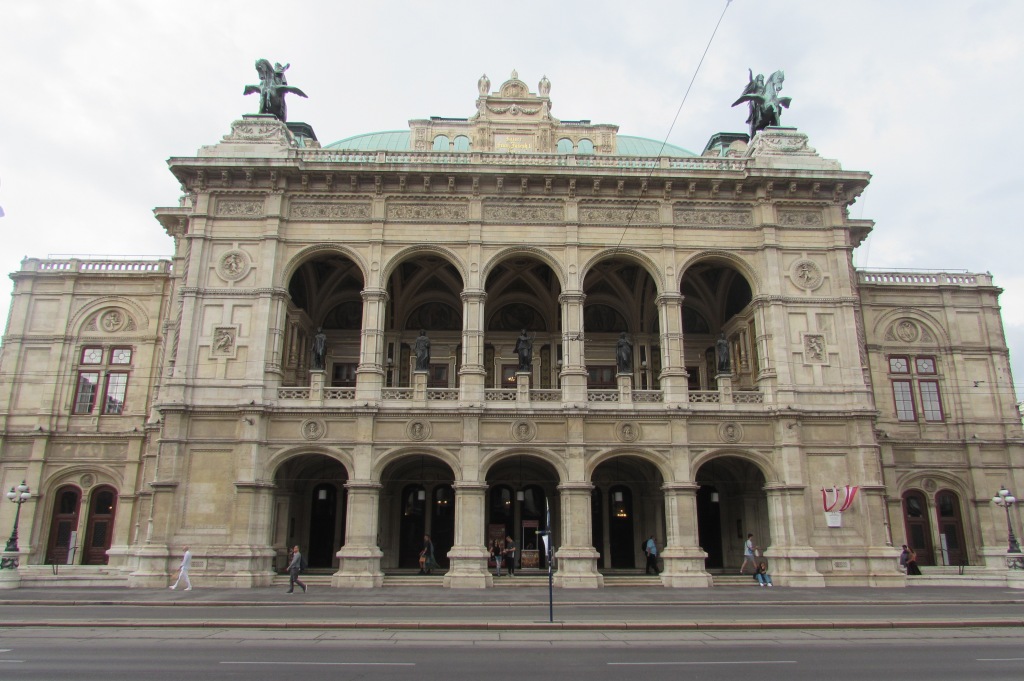
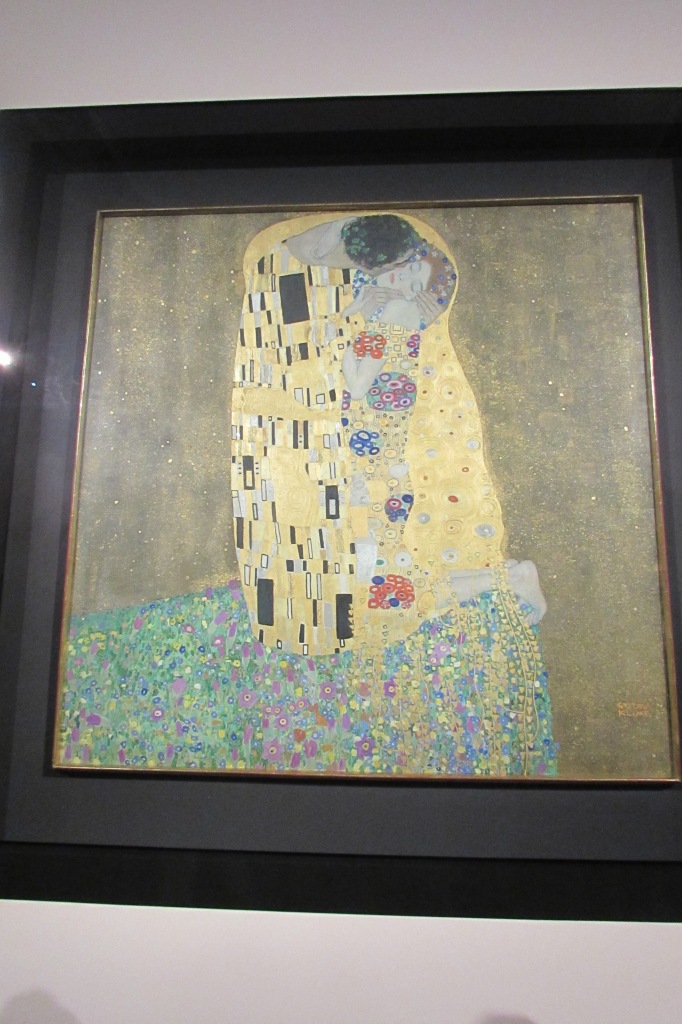
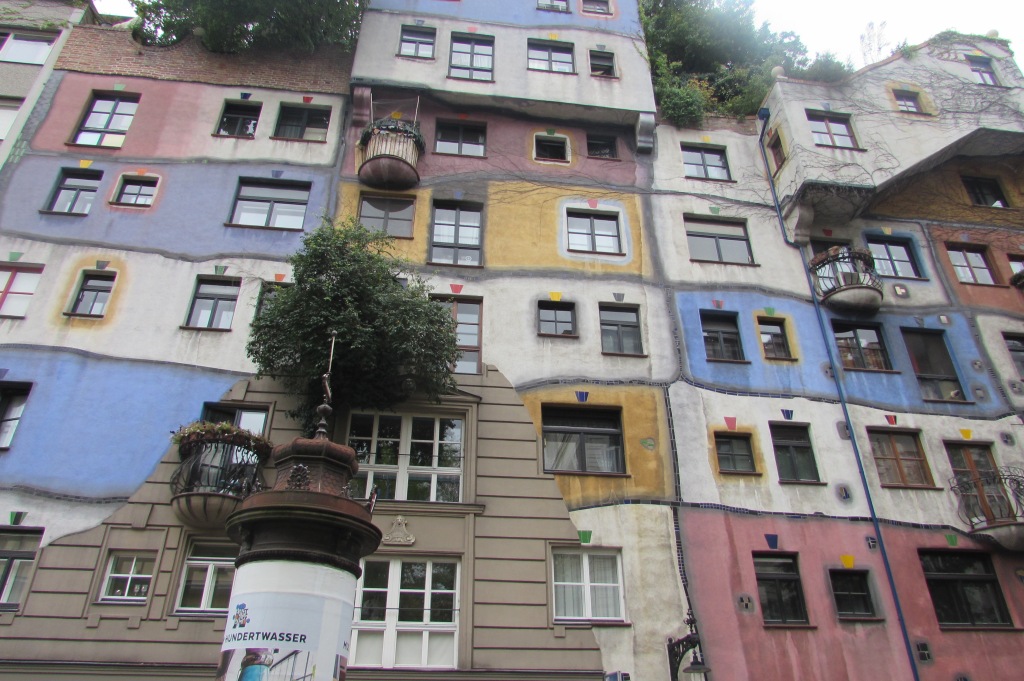
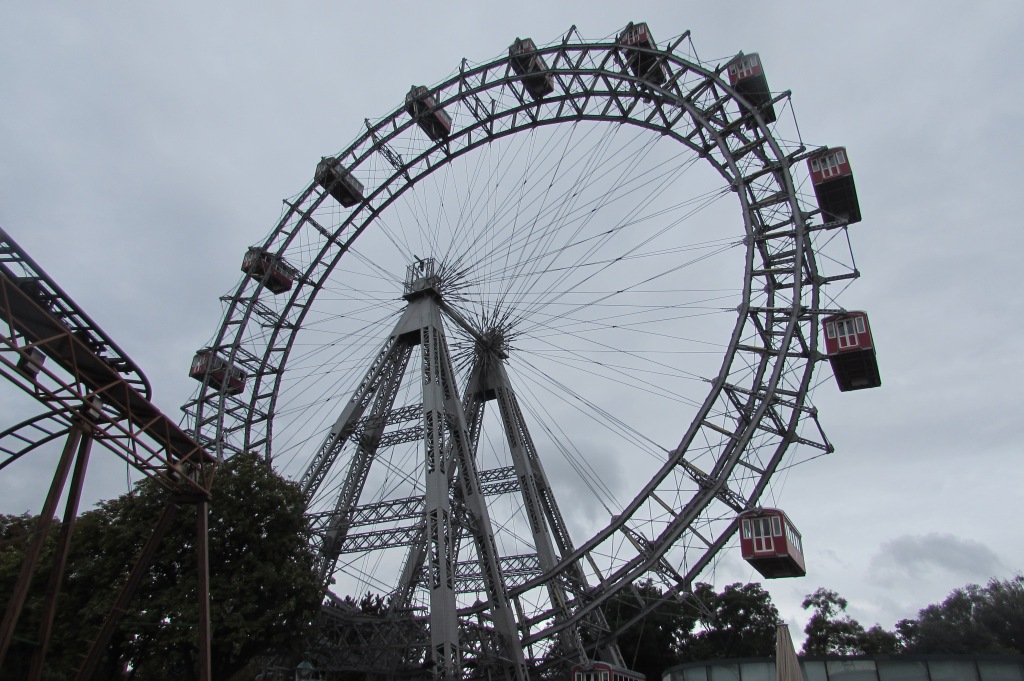
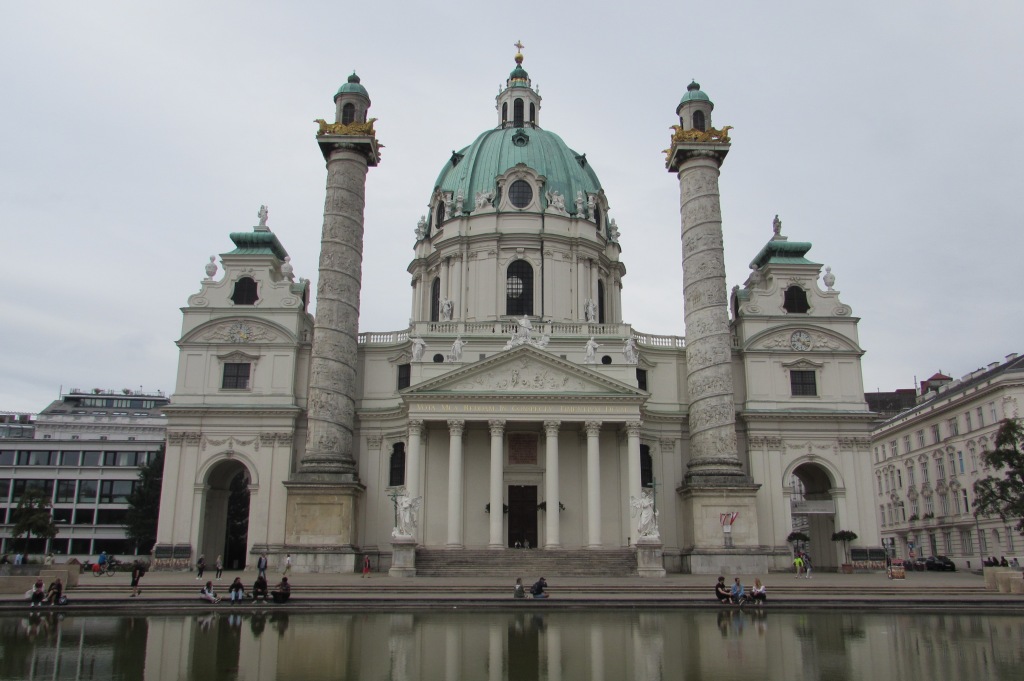
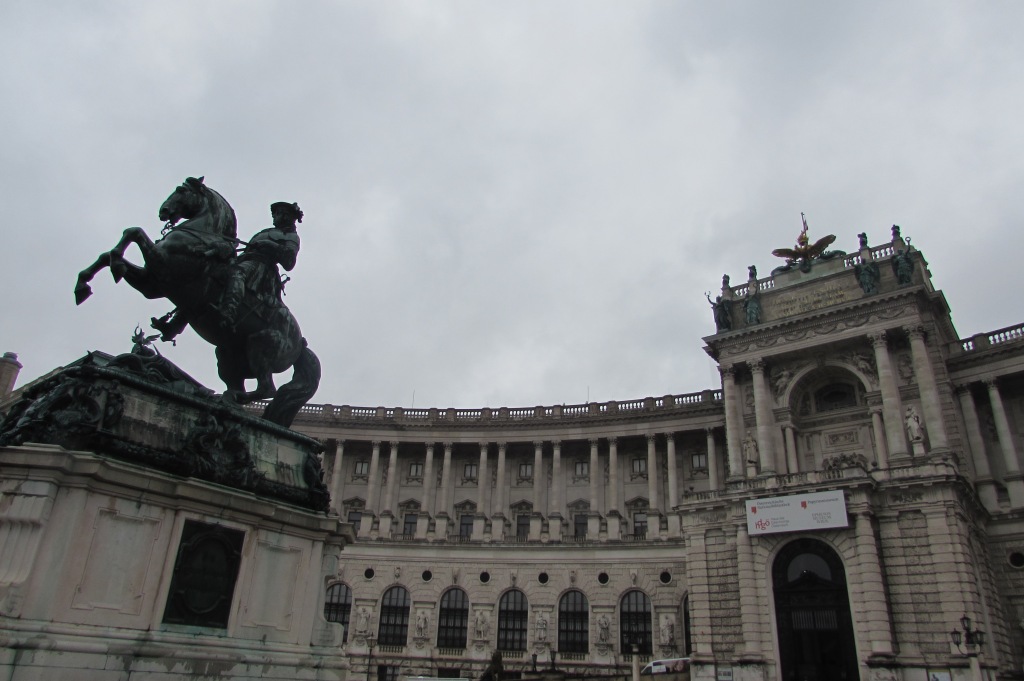
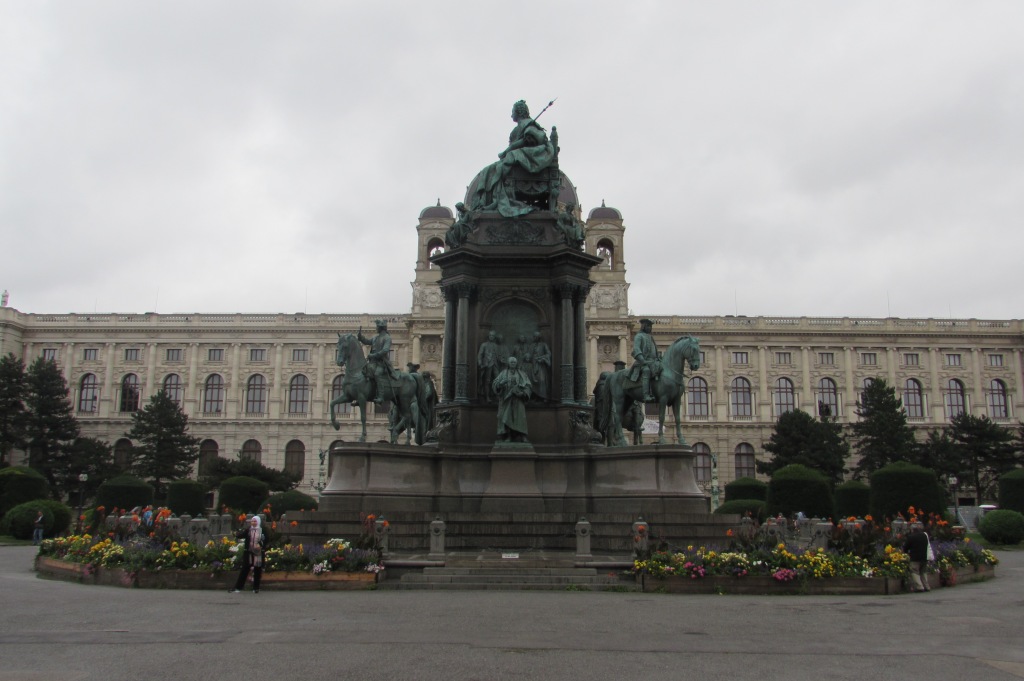
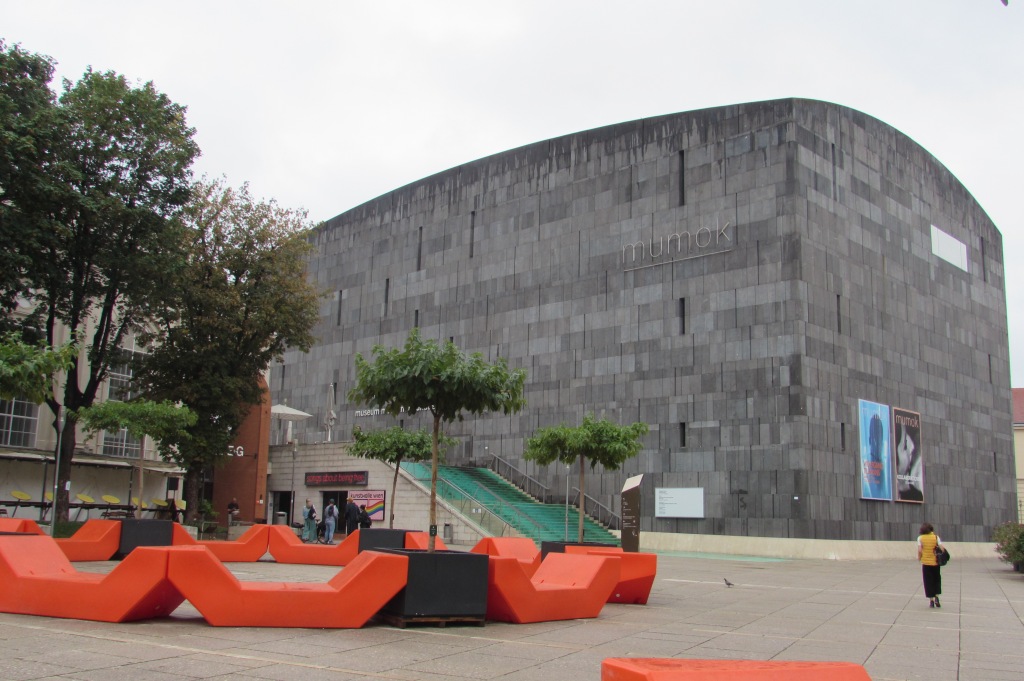
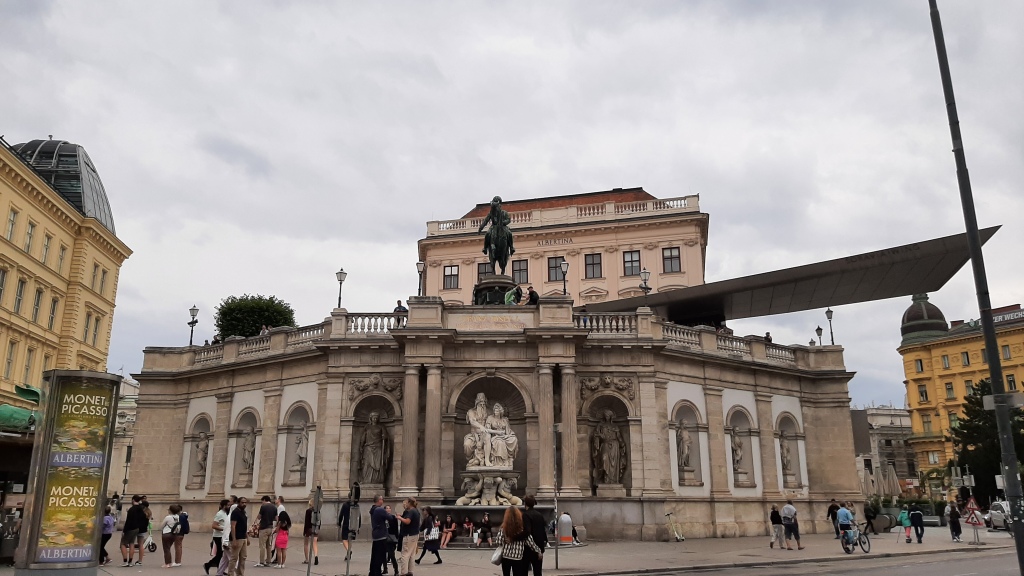
Find me on Instagram @thepostcardreview
Featured images copyright © 2022 Amber Natalie Kennedy
